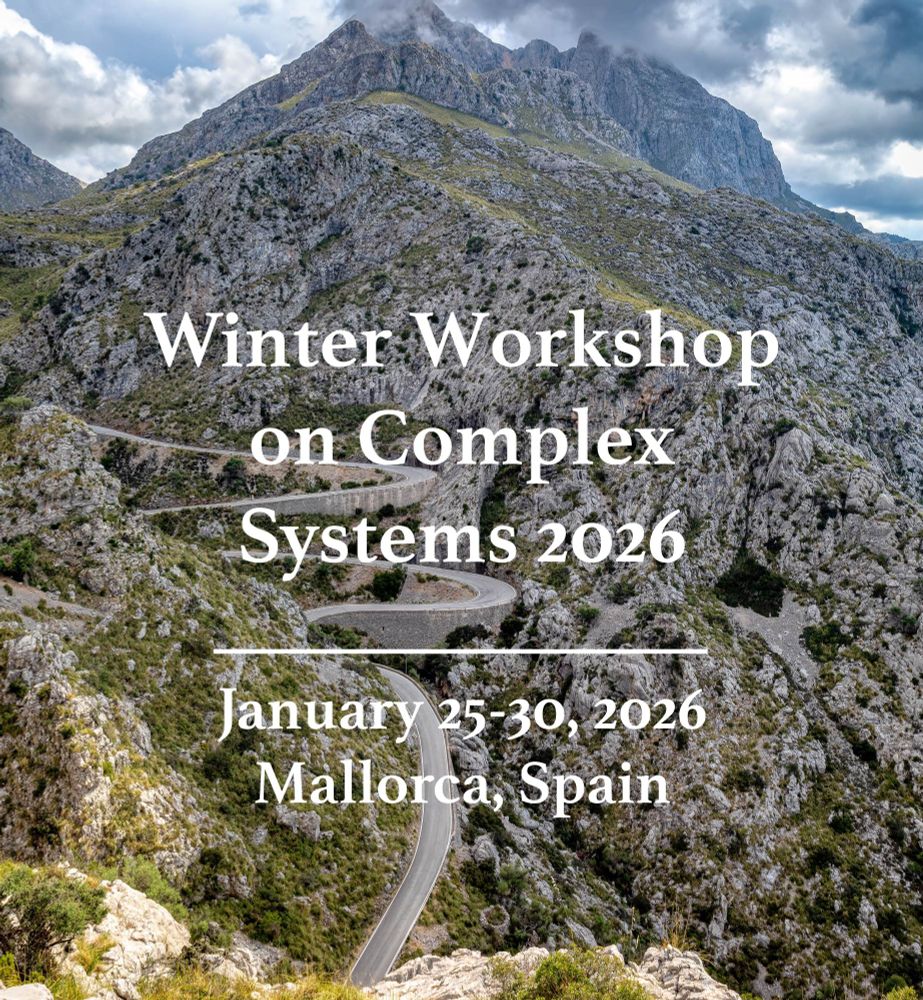Te Pūnaha Matatini
@tepunahamatatini.bsky.social
1.8K followers
430 following
630 posts
The Aotearoa New Zealand Centre of Research Excellence for complex systems. From complexity to possibility.
Posts
Media
Videos
Starter Packs
Pinned
Reposted by Te Pūnaha Matatini
Reposted by Te Pūnaha Matatini
Reposted by Te Pūnaha Matatini





